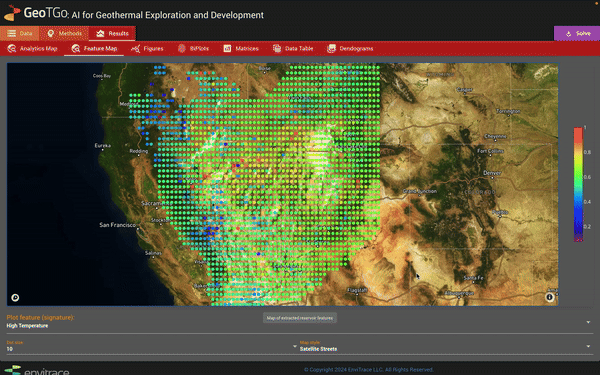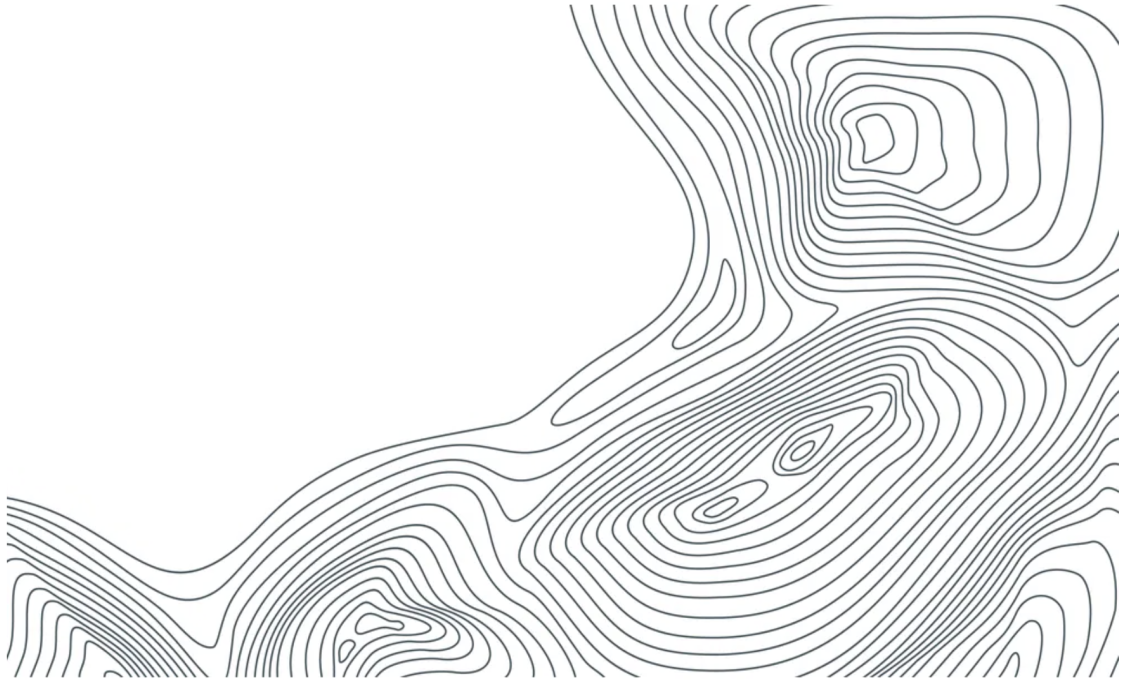
Experts + AI for
GEOTHERMAL
EnviTrace provides you with experts and AI software for geothermal projects.
GeoTGo
- Software-as-a-Service (SaaS) subscriptions (monthly/annual) will allow users to:
- Define a geographic region to analyze for geothermal potential (currently, supports only U.S.)
- Obtain interactive maps showing features essential for specific geothermal projects.
- Evaluate alternative energy extraction methods and their potential impacts on the environment.
- Explore interactive plots of data and feature relationships.
- Support in the form of consulting, tutorials, and documentation.
GeoTGo+
- All features of the regular GeoTGo plan, plus:
- Dedicated access to our team of geothermal and AI experts.
- Hands-on guidance related to software utilization.
- Ability to process and analyze your own proprietary data.
- We will work hand in hand with your team for the duration of your project, tailoring our services to your goals.
- Reduced compute costs for the duration of your project.
- Third-party software integration and APIs.
Why AI?
FOR GEOTHERMAL
Traditional geothermal exploration methods rely on direct groundsurface and subsurface observations. The problem is that making these measurements can be costly, existing data are sparse, and many hotspots are hidden not displaying obvious physical or geochemical signs.
Our AI that can identify these hidden geothermal hotspots. By training on large sets of available geological data, GeoTGo has learned which physical characteristics coincide with high geothermal potential, so it can find high value targets in your area using already existing data.

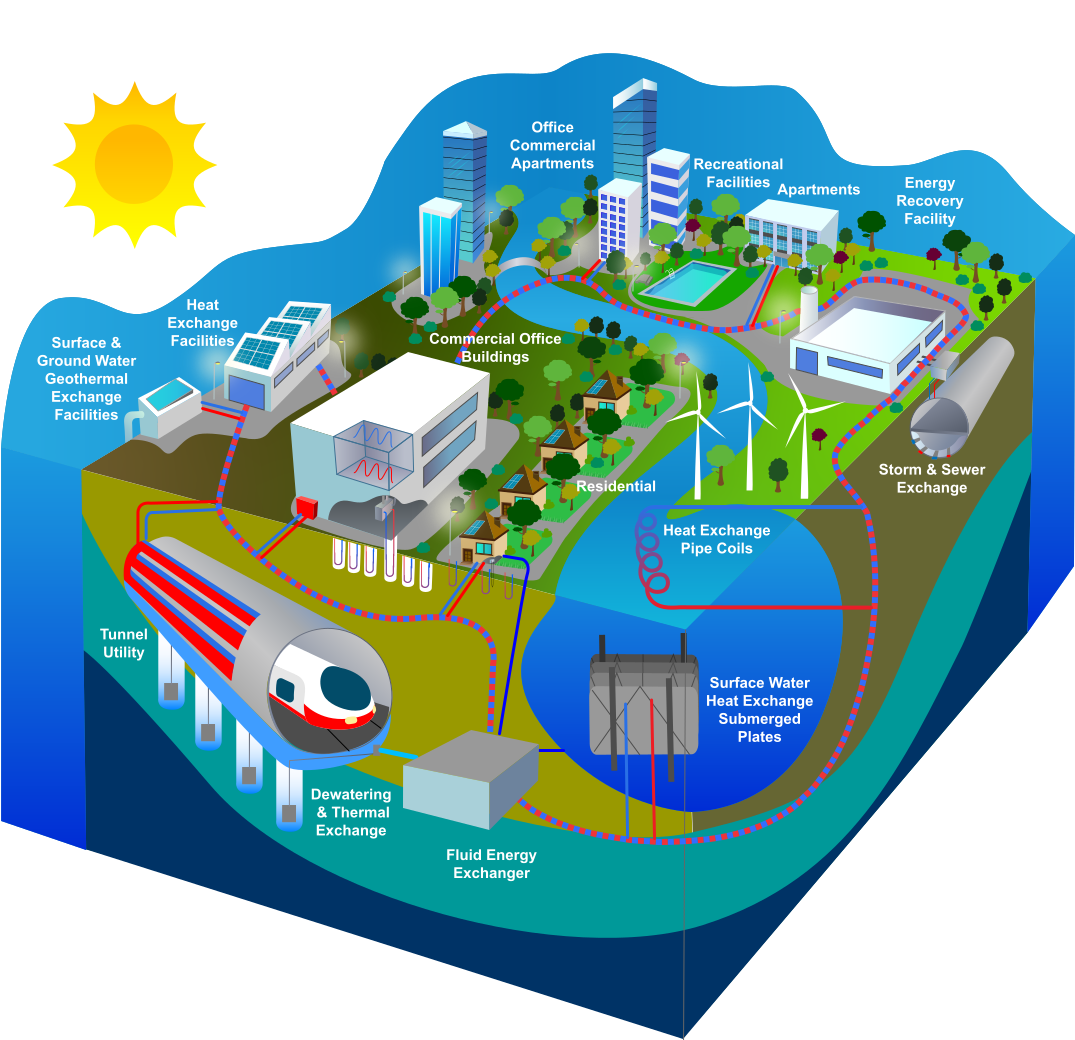
SUCCESS IS IN THE
Details
Finding a high potential geothermal location is only the first step. GeoTGo can play a crucial role in all phases of a geothermal project.
- Site Assessment
- GeoTGo can characterize geothermal reservoir properties and conditions.
- Environmental Impact
- GeoTGo can predict and help mitigate the potential negative impacts of geothermal development on the environment, including groundwater flow changes, contaminant leaks, induced seismcity, and land subsidence.
- Drilling and Well Construction
- GeoTGo supports optimization of exploratation and production, including well configurations and design.
AVAILABLE
Everywhere
GeoTGo is cloud-based AI software that is available online, making it instantly and easily accessible to your team. It allows users to define a location, select computational settings, and upload their own proprietary datasets. GeoTGo outputs include maps, charts, plots presenting extracted information, performed decision analyses, and evaluated return of investment (RoI).

Features
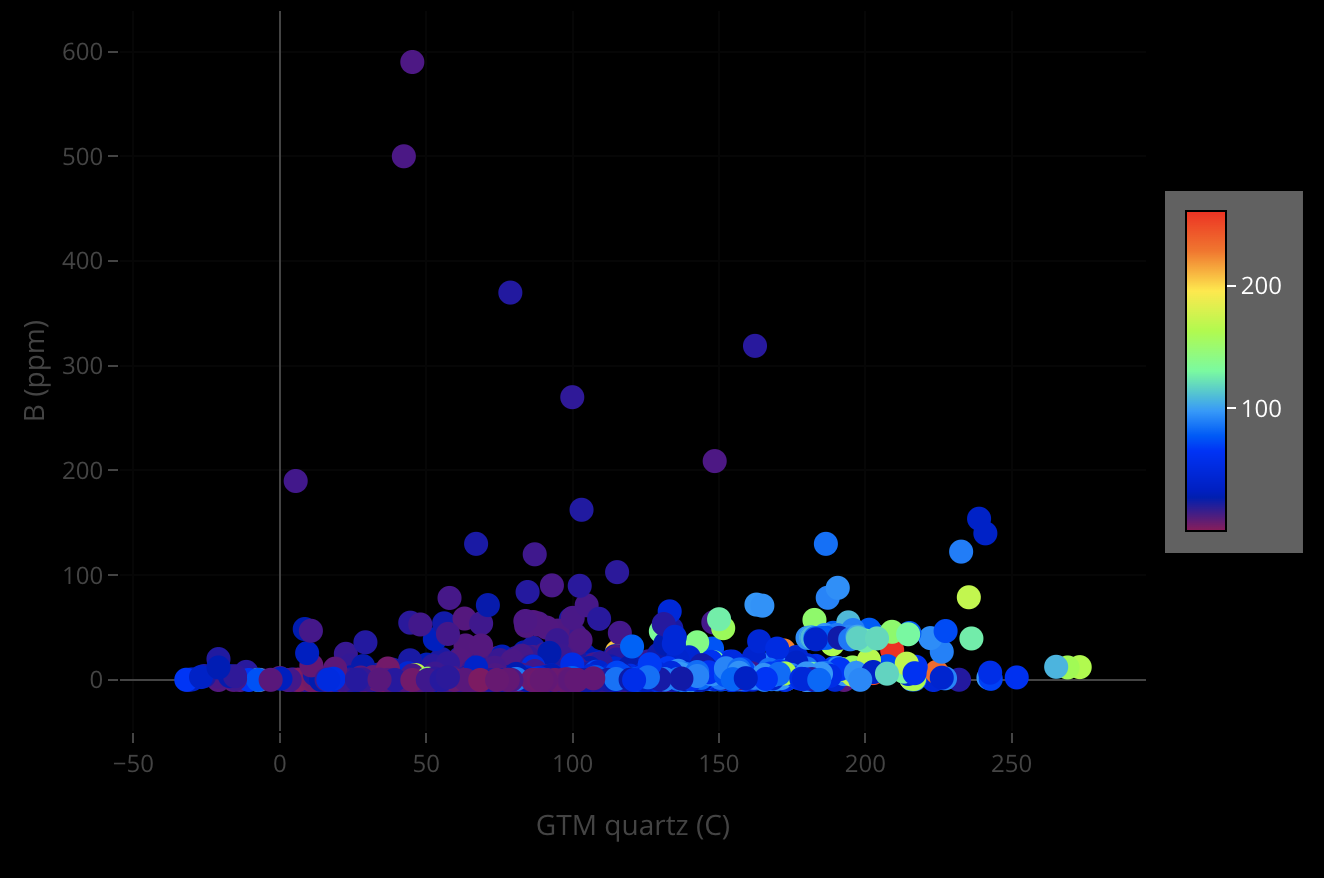
Data Plots
Presenting data relationships.
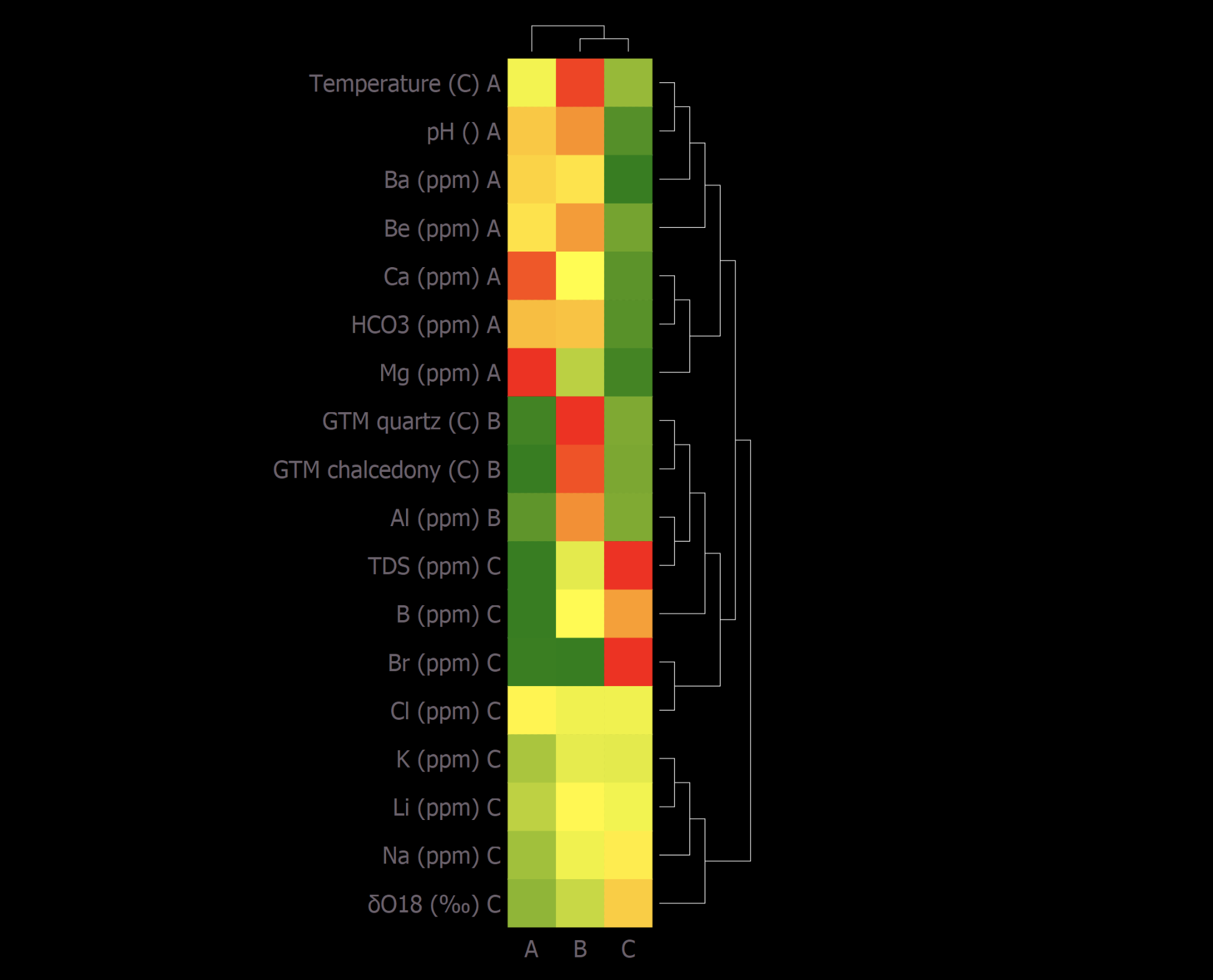
Dendrograms
Representing extracted hidden features.
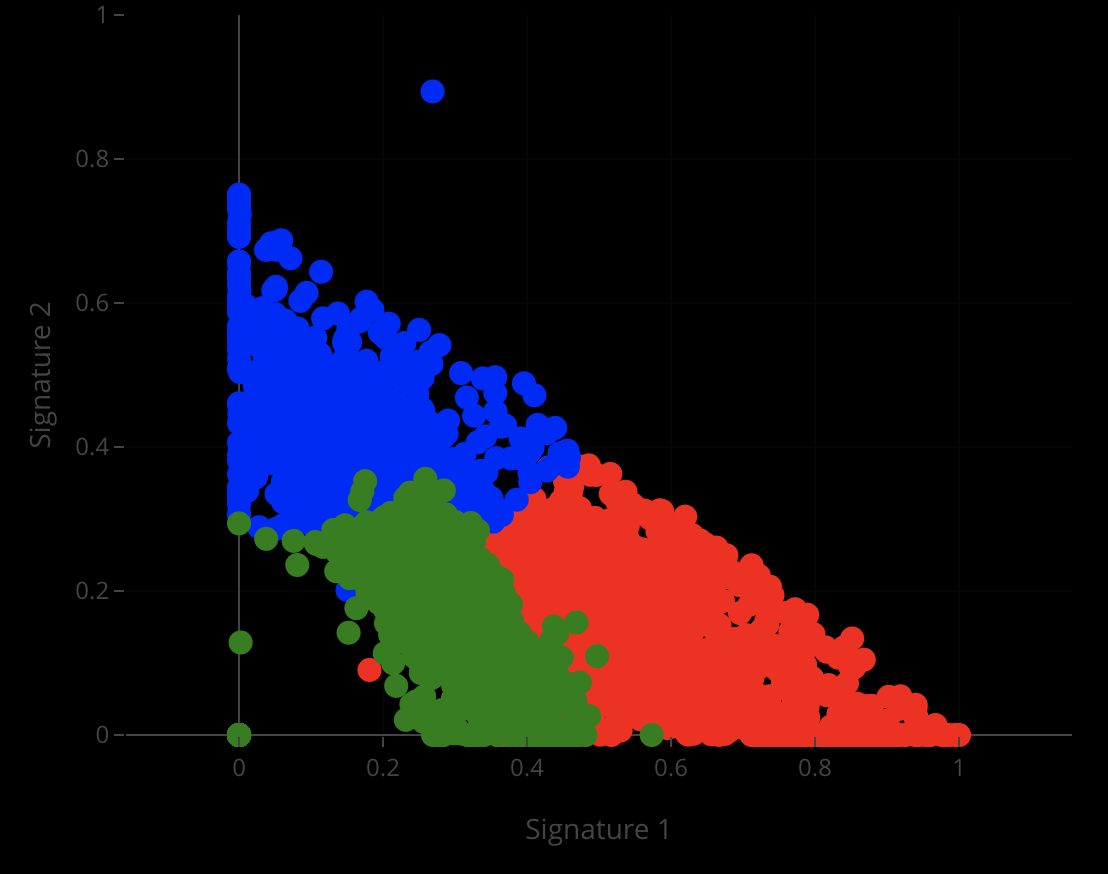
Location Bi-Plots
Relating features to locations.
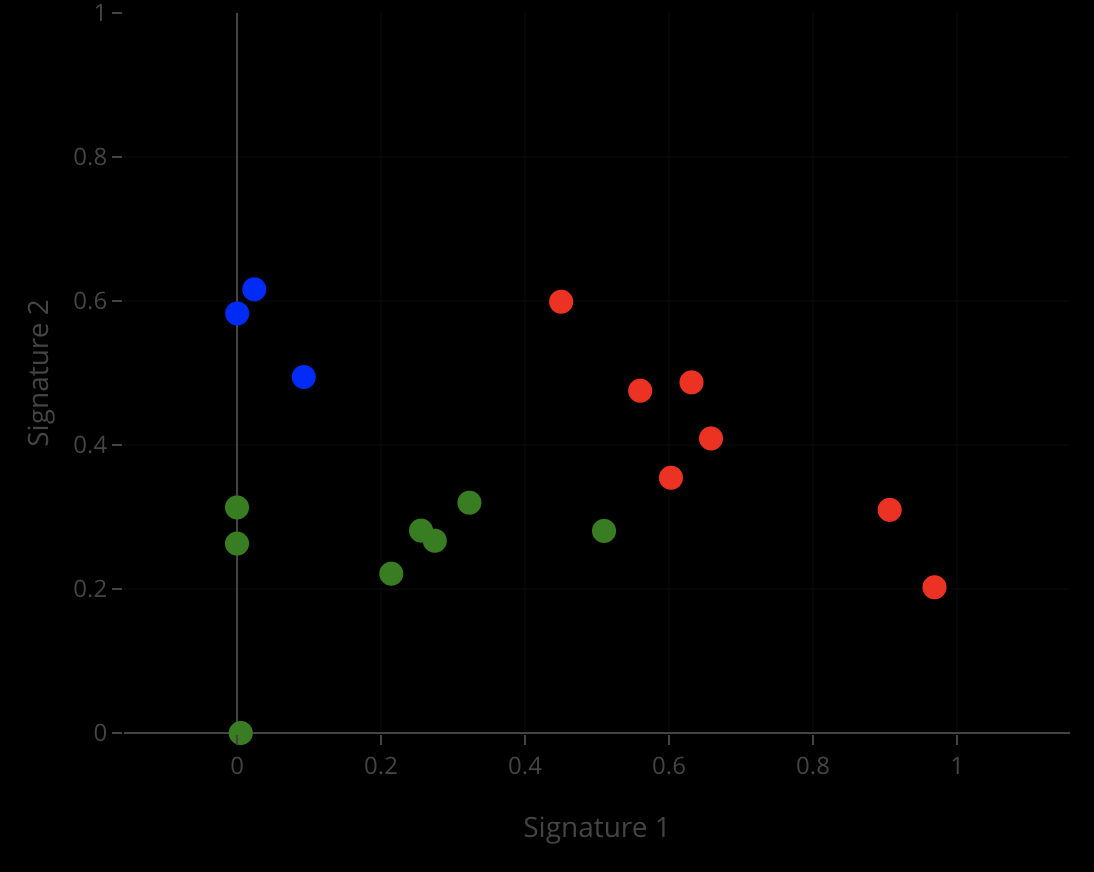
Attribute Bi-Plots
Relating features to attributes.
New Resource Hub
Explore the GeoTGo Informational Database
Access installation guides, training tracks, New Mexico regulations, tax incentives, reports, and media that support geothermal utilization projects.
Related publications
- Machine Learning for Geothermal Resource Exploration in the Tularosa Basin, New Mexico (2023) — Maruti K. Mudunuru et al. — Energies
Abstract
Geothermal energy is considered an essential renewable resource to generate flexible electricity. Geothermal resource assessments conducted by the U.S. Geological Survey showed that the southwestern basins in the U.S. have a significant geothermal potential for meeting domestic electricity demand. Within these southwestern basins, play fairway analysis (PFA), funded by the U.S. Department of Energy’s (DOE) Geothermal Technologies Office, identified that the Tularosa Basin in New Mexico has significant geothermal potential. This short communication paper presents a machine learning (ML) methodology for curating and analyzing the PFA data from the DOE’s geothermal data repository. The proposed approach to identify potential geothermal sites in the Tularosa Basin is based on an unsupervised ML method called non-negative matrix factorization with custom k-means clustering. This methodology is available in our open-source ML framework, GeoThermalCloud (GTC). Using this GTC framework, we discover prospective geothermal locations and find key parameters defining these prospects. Our ML analysis found that these prospects are consistent with the existing Tularosa Basin’s PFA studies. This instills confidence in our GTC framework to accelerate geothermal exploration and resource development, which is generally time-consuming. - Detecting and Characterizing Fluid Leakage Through Wellbore Flaws Using Fiber-Optic Distributed Acoustic Sensing (2022) — Ishtiaque Anwar et al. — 56th U.S. Rock Mechanics/Geomechanics Symposium
Abstract
ABSTRACT: A primary concern associated with the utilization of subsurface systems is that there may be pathways for fluid leakage from the resource storage, or disposal reservoir. Leakage of any fluid can contaminate groundwater, cause geo-environmental pollution, generate hazardous surface conditions, and potentially compromise the functionality of the subsurface system. A low-cost, innovative technique to detect and characterize fracture leakage that is functional over many years is needed for applications such as geothermal reservoirs, CO2 sequestration wells, deep borehole storage of nuclear waste, and strategic petroleum reserve caverns. In this experimental study, we investigate the use of fiber-optic distributed acoustic sensing (DAS) to measure dynamic strain changes caused by acoustic signals induced by fluid flow with an eventual goal of developing instrumentation and analytical techniques to detect and characterize the movement of fluids through leaky wellbores. In the first phase of the experiments reported here, we conducted fluid flow tests in a porous medium as an analog to a fracture filled with comminuted material. The measured effective permeability is then compared with the signals generated by the fiber-optic cable. The study indicated that acoustic signals generated from fluid flow through porous media could be effectively captured by the fiber-optic cable DAS technology. 1. INTRODUCTION Wellbores are used for gaining access to various subsurface systems such as underground fluid reserve (Miyazaki, 2009), CO2 sequestration (Watson and Bachu, 2008; Zhang and Bachu, 2011), geothermal energy development (Shadravan, Ghasemi, & Alfi, 2015), waste disposal, oil and gas exploration (Davies et al., 2014), etc. A primary concern associated with the utilization of subsurface systems is that there may be pathways for fluid leakage from the resource storage, or disposal reservoir through the wellbore flaws. Leakage of any fluid from a leaky wellbore can contaminate groundwater, cause geo-environmental pollution (Davies et al., 2014; Ingraffea, Wells, Santoro, & Shonkoff, 2014; Jackson, 2014), generate hazardous surface conditions, and potentially compromise the functionality of the subsurface system (Gasda, Celia, Wang, & Duguid, 2013). Researchers has identified different potential leakage pathways, including fractures in the cement or micro annuli from de-bonding at the cement-casing or cement-formation interface (Celia, Bachu, Nordbotten, Gasda, & Dahle, 2005; Theresa L Watson & Bachu, 2009) or the casing corrosion product (Anwar, Chojnicki, Bettin, Taha, & Stormont, 2019; Beltrán-Jiménez et al., 2021). - Discovering hidden geothermal signatures using non-negative matrix factorization with customized k-means clustering (2022) — V.V. Vesselinov et al. — Geothermics
- Machine learning and shallow groundwater chemistry to identify geothermal prospects in the Great Basin, USA (2022) — Bulbul Ahmmed, Bulbul Ahmmed, Velimir V Vesselinov — Renewable Energy 197, 1034-1048, 2022
- Machine Learning to Discover, Characterize, and Produce Geothermal Energy (2022) — V. Vesselinov et al. — Machine Learning Applications in Subsurface Energy Resource Management
- SmartTensors: Unsupervised and physics-informed machine learning framework for the geoscience applications (2022) — Bulbul Ahmmed, Velimir V. Vesselinov, Maruti K. Mudunuru — Second International Meeting for Applied Geoscience & Energy
Abstract
SmartTensors (https://github.com/SmartTensors) is a novel framework for unsupervised and physics-informed machine learning for geoscience applications. The methods in SmartTensors AI platform are developed using advanced matrix/tensor factorization constrained by penalties enforcing robustness and interpretability (e.g., nonnegativity, sparsity, physics, and mathematical constraints;etc.). This framework has been applied to analyze diverse datasets related to a wide range of problems: from COVID-19 to wildfires and climate. Here, we will focus on the analysis of geothermal prospectivity of the Great Basin, U.S. The basin covers a vast area that is yet to be thoroughly explored to discover new geothermal resources. The available regional geochemical data are expected to provide critical information about the geothermal reservoir properties in the basin, including temperature, fluid/heat flow, boundary conditions, and spatial extent. The geochemical data may also include hidden (latent) information that is a proxy for geothermal prospectivity. We processed the sparse geochemical dataset of 18 geochemical attributes observed at 14,341 locations. The data are analyzed using our GeoThermalCloud toolbox for geothermal exploration (https://github.com/SmartTensors/GeoThermalCloud.jl) whichis also a part of the SmartTensors framework. An unsupervised machine learning using non-negative matrix factorization with customized k-means clustering (NMFk) as implemented in SmartTensors identified three hidden geothermal signatures representing low-, medium-, and high-temperature reservoirs, respectively (Fig). NMFk also evaluated the probability of occurrence of these types of resources through the studied region. NMFk also reconstructed attributes from sparse into continuous over the study domain. Future work will add in the ML analyses other regional- and site-scale datasets including geological, geophysical, and geothermal attributes. © 2022 Society of Exploration Geophysicists and the American Association of Petroleum Geologists. - Cloud Fusion of Big Data and Multi-Physics Models using Machine Learning for Discovery, Exploration and Development of Hidden Geothermal Resources [Slides] (2021) — Velimir Vesselinov — Los Alamos National Laboratory (LANL), Los Alamos, NM (United States), 2021
- Deep Learning for Autonomous Extraction of Millimeter-scale Deformation in InSAR Time Series (2021) — Bertrand Rouet-Leduc et al. — Nature communications 12 (1), 6480, 2021
Abstract
<p>Systematically characterizing slip behaviours on active faults is key to unraveling the physics of tectonic faulting and the interplay between slow and fast earthquakes. Interferometric Synthetic Aperture Radar (InSAR), by enabling measurement of ground deformation at a global scale every few days, may hold the key to those interactions. <br>However, atmospheric propagation delays often exceed ground deformation of interest despite state-of-the art processing, and thus InSAR analysis requires expert interpretation and a priori knowledge of fault systems, precluding global investigations of deformation dynamics. <br>We show that a deep auto-encoder architecture tailored to untangle ground deformation from noise in InSAR time series autonomously extracts deformation signals, without prior knowledge of a fault's location or slip behaviour.<br>Applied to InSAR data over the North Anatolian Fault, our method reaches  2 mm detection, revealing a slow earthquake twice as extensive as previously recognized.<br>We further explore the generalization of our approach to inflation/deflation-induced deformation, applying the same methodology to the geothermal field of Coso, California. </p> - Discovering Hidden Geothermal Signatures using Unsupervised Machine Learning (2021) — Velimir Vesselinov et al. — Los Alamos National Laboratory (LANL), Los Alamos, NM (United States); US�…, 2021
- Geo Thermal Cloud: Cloud Fusion of Big Data and Multi-Physics Models using Machine Learning for Discovery, Exploration, and Development of Hidden Geothermal Resources (2021) — Velimir Vesselinov et al. — Los Alamos National Laboratory (LANL), Los Alamos, NM (United States), 2021
- Geothermal Resource Analysis at Tohatchi hot springs, New Mexico [Slides] (2021) — Bulbul Ahmmed et al. — Los Alamos National Laboratory (LANL), Los Alamos, NM (United States), 2021
- Machine learning to identify geologic factors associated with production in geothermal fields: a case-study using 3D geologic data, Brady geothermal field, Nevada (2021) — Drew L. Siler et al. — Geothermal Energy
Abstract
Abstract In this paper, we present an analysis using unsupervised machine learning (ML) to identify the key geologic factors that contribute to the geothermal production in Brady geothermal field. Brady is a hydrothermal system in northwestern Nevada that supports both electricity production and direct use of hydrothermal fluids. Transmissive fluid-flow pathways are relatively rare in the subsurface, but are critical components of hydrothermal systems like Brady and many other types of fluid-flow systems in fractured rock. Here, we analyze geologic data with ML methods to unravel the local geologic controls on these pathways. The ML method, non-negative matrix factorization with k -means clustering (NMF k ), is applied to a library of 14 3D geologic characteristics hypothesized to control hydrothermal circulation in the Brady geothermal field. Our results indicate that macro-scale faults and a local step-over in the fault system preferentially occur along production wells when compared to injection wells and non-productive wells. We infer that these are the key geologic characteristics that control the through-going hydrothermal transmission pathways at Brady. Our results demonstrate: (1) the specific geologic controls on the Brady hydrothermal system and (2) the efficacy of pairing ML techniques with 3D geologic characterization to enhance the understanding of subsurface processes. - MACHINE LEARNING TO CHARACTERIZE REGIONAL GEOTHERMAL RESERVOIRS IN THE WESTERN USA (2020) — Bulbul Ahmmed et al. — GSA 2020 Connects Online
